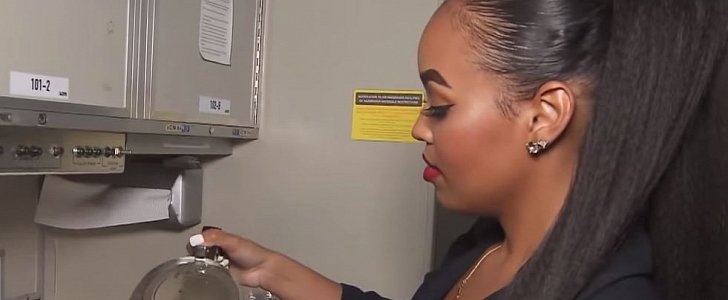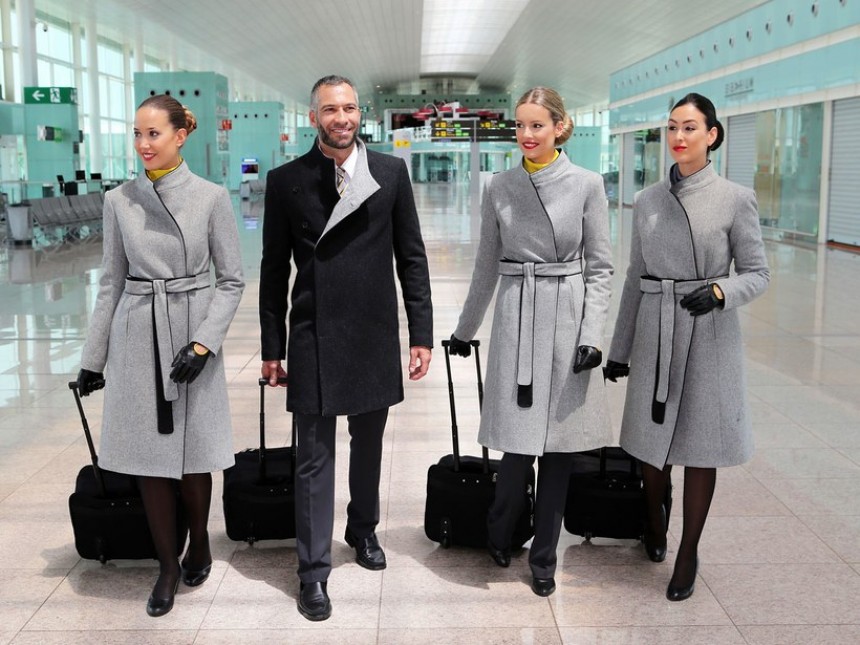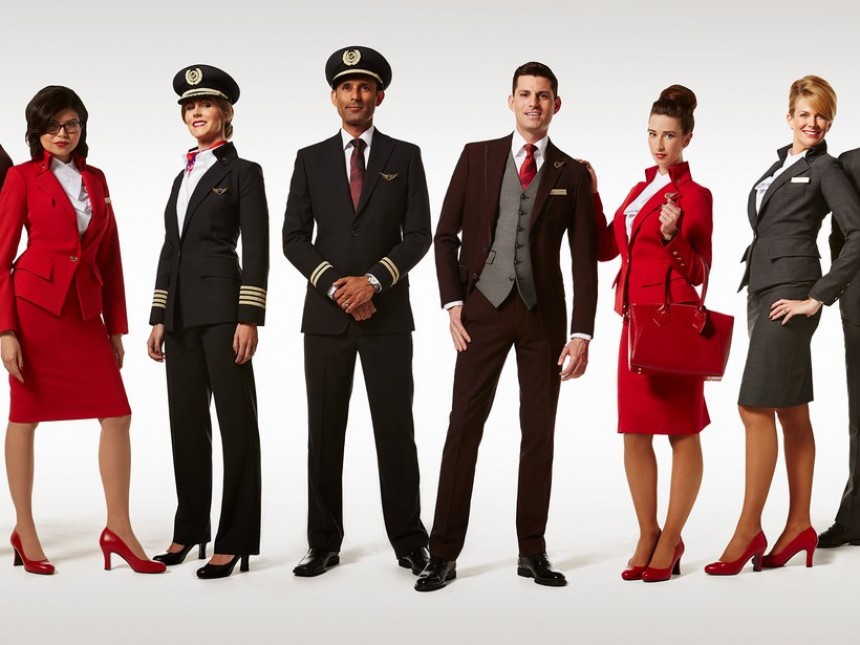In the summer of 2019, the world was blessed when supermodel and forever icon Naomi Campbell decided to turn to vlogging as a means to pass the time and invite everyone into her bubble of fabulousness.
One of the videos to get the most attention was that in which she detailed her “little” airport routine, which went viral. For starters, it was anything but “little,” involving hauling along an entire bag of wet wipes, disinfectant, surgical gloves and mask, and a lot of other stuff she used to clean her seat and everything around it before she even sat.
The world laughed and was thoroughly amused, but Naomi was onto something. We’ve known for some time that airplanes can be the germiest places by sheer accumulation: they can sit hundreds of people at a time, some of whom could be sick, and they’re rarely properly cleaned, mostly because of the tight schedules they have to keep.
Experts warn you to carry wet wipes with you whenever you board a flight, and to use them generously on all surfaces you’re about to touch. A ranking of the germiest places on the plane include the headrest (which everyone touches when they go to their seats or they move around), the table tray and the door handle to the bathroom. Wipe all these, and then the actual seat and handles, the window and wall, and everything else you set your eyes upon, if you really wish to feel safer in terms of germs exposure.
Prior to the discussion of how many germs are on and around the seats, there was mass hysteria on the air blown through the ventilation system. Many believed that it wasn’t clean because it was being recirculated endlessly and the filters weren’t up to par. Somewhat of an Internet myth about it was born, and it got so much traction as to make germaphobes even more afraid of flying.
As it turns out, they have no reason to fear. Of the air you breathe inside the cabin, 50% is fresh and 50% is recirculated, going through HEPA filters that are very efficient in removing almost all contaminants.
Now, you can add another item to the list of in-flight concerns: the water you drink. In September 2019, a model, vlogger and flight attendant on an unnamed airline, Jamila Hardwick, spoke to Inside Edition about the one thing flight attendants never ingest on board: hot beverages.
“The thing about the coffee and tea, the pipes are rarely cleaned,” Jamila said. Airline companies were legally obligated to clean the pipes and water tanks about 4 times a year, and they never made any supplementary efforts in this sense.
Panic started and spread online, as the video went viral. Here was an actual flight attendant openly admitting that, while all things on a plane looked clean, they rarely were – down to the water you drank in your tea or coffee. Planes, it would seem, were germ-filled deathtraps from where you could count yourself lucky for exiting without getting sick.
Nah, brah. Sure, you can get sick on an airplane and it would be advisable if you took some extra caution on board, like with the already mentioned use of wet wipes. But you shouldn’t worry about the water, as well.
Airlines for America (A4A) says that they use “the same water source used throughout the airport, including for water fountains and restaurants, and delivered to homes, businesses and local communities each and every day.”
“Airlines work closely with the Environmental Protection Agency (EPA) to ensure that water received from municipalities is safe and to maintain that safety by following rigorous sampling and management requirements, which include disinfection and flushing of the aircraft water tanks on a schedule required by regulation,” A4A adds.
In other words, if you’re scared to drink the water inside an airplane, avoid drinking it at the airport, at home and at the restaurant as well. While you’re at it, you might as well start building that glass bubble to live in, because you’re in danger wherever you go.
The world laughed and was thoroughly amused, but Naomi was onto something. We’ve known for some time that airplanes can be the germiest places by sheer accumulation: they can sit hundreds of people at a time, some of whom could be sick, and they’re rarely properly cleaned, mostly because of the tight schedules they have to keep.
Experts warn you to carry wet wipes with you whenever you board a flight, and to use them generously on all surfaces you’re about to touch. A ranking of the germiest places on the plane include the headrest (which everyone touches when they go to their seats or they move around), the table tray and the door handle to the bathroom. Wipe all these, and then the actual seat and handles, the window and wall, and everything else you set your eyes upon, if you really wish to feel safer in terms of germs exposure.
Prior to the discussion of how many germs are on and around the seats, there was mass hysteria on the air blown through the ventilation system. Many believed that it wasn’t clean because it was being recirculated endlessly and the filters weren’t up to par. Somewhat of an Internet myth about it was born, and it got so much traction as to make germaphobes even more afraid of flying.
Now, you can add another item to the list of in-flight concerns: the water you drink. In September 2019, a model, vlogger and flight attendant on an unnamed airline, Jamila Hardwick, spoke to Inside Edition about the one thing flight attendants never ingest on board: hot beverages.
“The thing about the coffee and tea, the pipes are rarely cleaned,” Jamila said. Airline companies were legally obligated to clean the pipes and water tanks about 4 times a year, and they never made any supplementary efforts in this sense.
Panic started and spread online, as the video went viral. Here was an actual flight attendant openly admitting that, while all things on a plane looked clean, they rarely were – down to the water you drank in your tea or coffee. Planes, it would seem, were germ-filled deathtraps from where you could count yourself lucky for exiting without getting sick.
Nah, brah. Sure, you can get sick on an airplane and it would be advisable if you took some extra caution on board, like with the already mentioned use of wet wipes. But you shouldn’t worry about the water, as well.
“Airlines work closely with the Environmental Protection Agency (EPA) to ensure that water received from municipalities is safe and to maintain that safety by following rigorous sampling and management requirements, which include disinfection and flushing of the aircraft water tanks on a schedule required by regulation,” A4A adds.
In other words, if you’re scared to drink the water inside an airplane, avoid drinking it at the airport, at home and at the restaurant as well. While you’re at it, you might as well start building that glass bubble to live in, because you’re in danger wherever you go.











